Gemstone mining
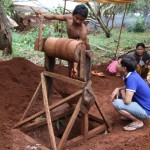
There is no large-scale industrial mining of gems in Cambodia, and few full-time miners. Most people involved in looking for gemstones fit it around other work – typically farm work – and mostly do it without licenses. As with artisanal mining, miners are often very ...
SDG 1 No poverty
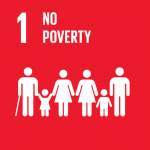
Sustainable Development Goal 1 (SDG 1) seeks to “end poverty in all its forms everywhere”, ensuring extreme poverty is eradicated and overall poverty is reduced by 50%.This goal provides a much more comprehensive approach than the Millennium Development Goals (MDGs) to the issue of poverty. ...
Labor

Garment workers waiting in line to get food. Photo by International Labour Organisation, taken on 14 July 2015. Licensed under CC BY-NC-ND 2.0.Cambodia has the highest labor force participation rate in the Southeast Asia/Pacific region, with 82.7 percent of the working population aged 16-64 employed ...
Mining
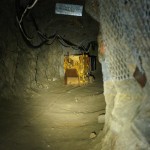
The mining sector in Cambodia is mostly undeveloped, and active mining enterprises are typically small-scale quarries producing materials for construction, such as laterite, marble, granite, limestone, gravel and sand. There is no industrial-scale extraction of minerals, although many exploration licenses have been granted to ...
SDG 3 Good health and well-being
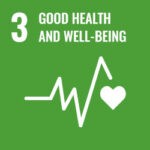
table td { border: 1px solid; } Sustainable Development Goal 3 (SDG 3) seeks to “ensure healthy lives and promote well-being for all at all ages”.111 The goal encompasses a wide range of mortality rates, infection numbers for many diseases, tobacco use, suicide rates, road ...
Forest cover
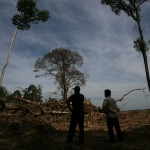
Cambodian forest cover has reduced dramatically in recent decades. In 1973 there were 13.1 million hectares of total forest, but by 2014 the total cover had fallen to 8.7 million hectares. ...
Social development
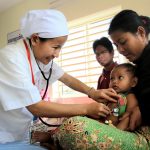
A trained medical staff listens to the heartbeat of an infant at 16 Makara hospital in Preah Vihear, Cambodia. Photo by The World Bank, taken on 30 January 2013. Licensed under CC BY-NC-ND 2.0.Social development addresses profound social problems,135 especially poverty, unemployment and social exclusion, ...
Forest protection NGOs
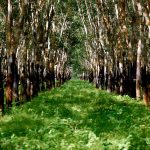
The protection of Cambodian forests is primarily the responsibility of the Ministry of Agriculture, Forests and Fisheries (MAFF) and the Ministry of Environment. There are, however, many non-governmental organizations (NGOs) working in the area, from United Nations (UN) agencies and other global bodies to locally-registered ...
Forest cover reporting
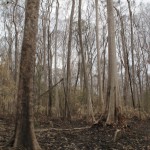
Forest cover is the area of land covered by tree canopy. Measuring and reporting this can show the different types of forest that exist and the areas of each, and how these areas change over time. ...
Expropriation
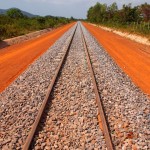
The Constitution of the Kingdom of Cambodia and the Land Law of 2001 both guarantee an individual’s right to property protection. Though part of the Government’s policy framework since 2002, not until 2010 did a legal framework exist to govern the process by which the ...
Land tenure and land titling NGOs
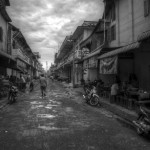
There are four major international donors to land rights development and reform in Cambodia: the World Bank, Germany, Finland and Canada. Their support spans multiple programs and several years with the overall objective of improving land tenure security and promoting stable land markets. ...
Community forest

The Forest Law of 2002 provides a legal basis for rural communities to use and help manage forests through community forestry. ...
Development and assistance for poverty reduction and food security

USAID’s Harvest program is helping Cambodia’s farmers. Photo by USAID, taken on 09 December 2013. Under the license CC BY-ND 2.0.The country has achieved remarkable sustainable growth, however, poverty and food security remain the challenges. The Royal Government of Cambodia (RGC) has acknowledged that to ...
Rivers and lakes
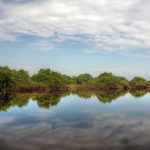
Tonle Sap lake reflections. Photo from Mariusz Kluzniak. Uploaded on 1 January 2012. Licensed under CC BY-NC-ND 2.0Despite severe droughts striking the country frequently, Cambodia possesses substantial water resources, mostly contained in the Mekong River and the Tonle Sap great lake and river. The lake ...
Ethnic minorities and indigenous people
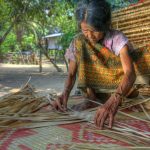
According to the Kingdom of Cambodia’s 2019 general population census, the total Cambodian population is 15,552,211 (51.31% of females).308 By 2021, the population increased to 16,589,023.309 Vietnamese, Chinese, Chams and other minorities also live in the country. Indigenous ethnic groups known as “Khmer Loeu” live ...
Disaster preparedness and emergency response policy and administration
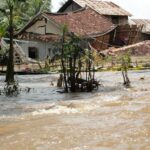
In the World Risk Index for 2020, Cambodia was ranked as the 16th most vulnerable country in the world out of 181 countries listed.344 Global climate changes and ongoing disasters such as storms, floods and droughts are big challenges partly because of a lack of ...
Poverty policy and regulation
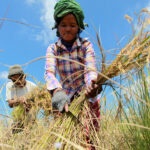
As a fast-developing nation, Cambodia has always found poverty one of its main challenges. The Rectangular Strategy states that eradicating poverty has long been one of the Royal Government of Cambodia’s (RGC’s) highest priorities.398 Since the country’s first major post-civil war election in 1993, Cambodia ...
Concessions
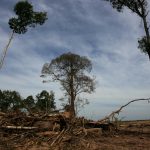
A land concession is a grant of rights over an area of land for a specific purpose. In Cambodia land concessions can be granted for various purposes, including agribusiness, redistribution of land to the landless and land-poor, infrastructure development, mining and fishing. They have been ...
Population and censuses
table { width: 100%; } table td { vertical-align: middle; } Cambodians gathering along the Chaktomuk riverside in Phnom Penh to watch boat racing during the Water Festival. Photo by Patrik M. Loeff, taken on 24 November 2007. Licensed under CC BY-NC-ND 2.0.PopulationProvisional results from ...




